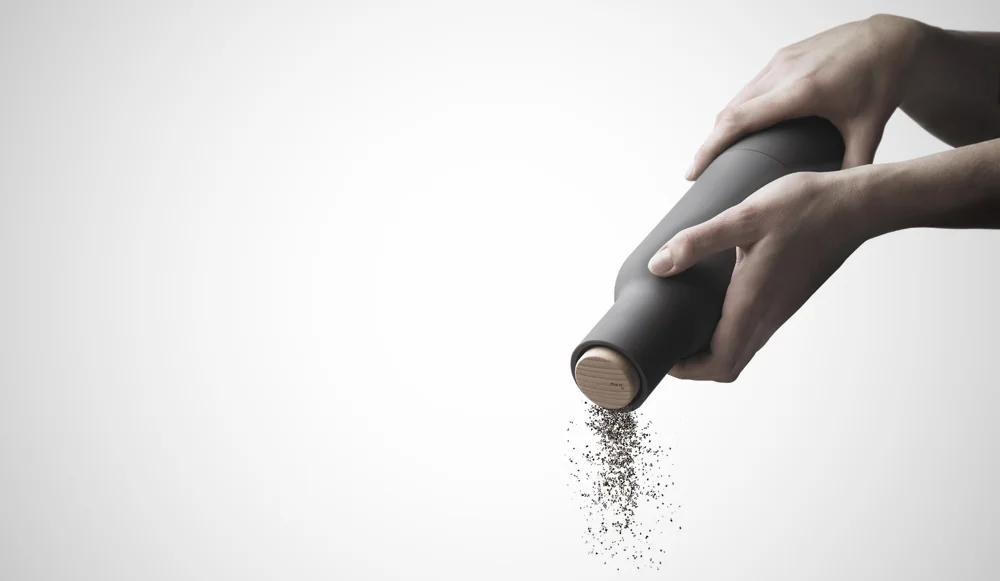new for the Autumn from Marimekko ...
/For this Autumn, the new range of fabrics and tablewares from Marimekko is called the Sääpäiväkirja or Weather Diary Collection and was inspired by “observing seasonal weather patterns as well as by the exuberant glow of colours in autumnal gardens.”

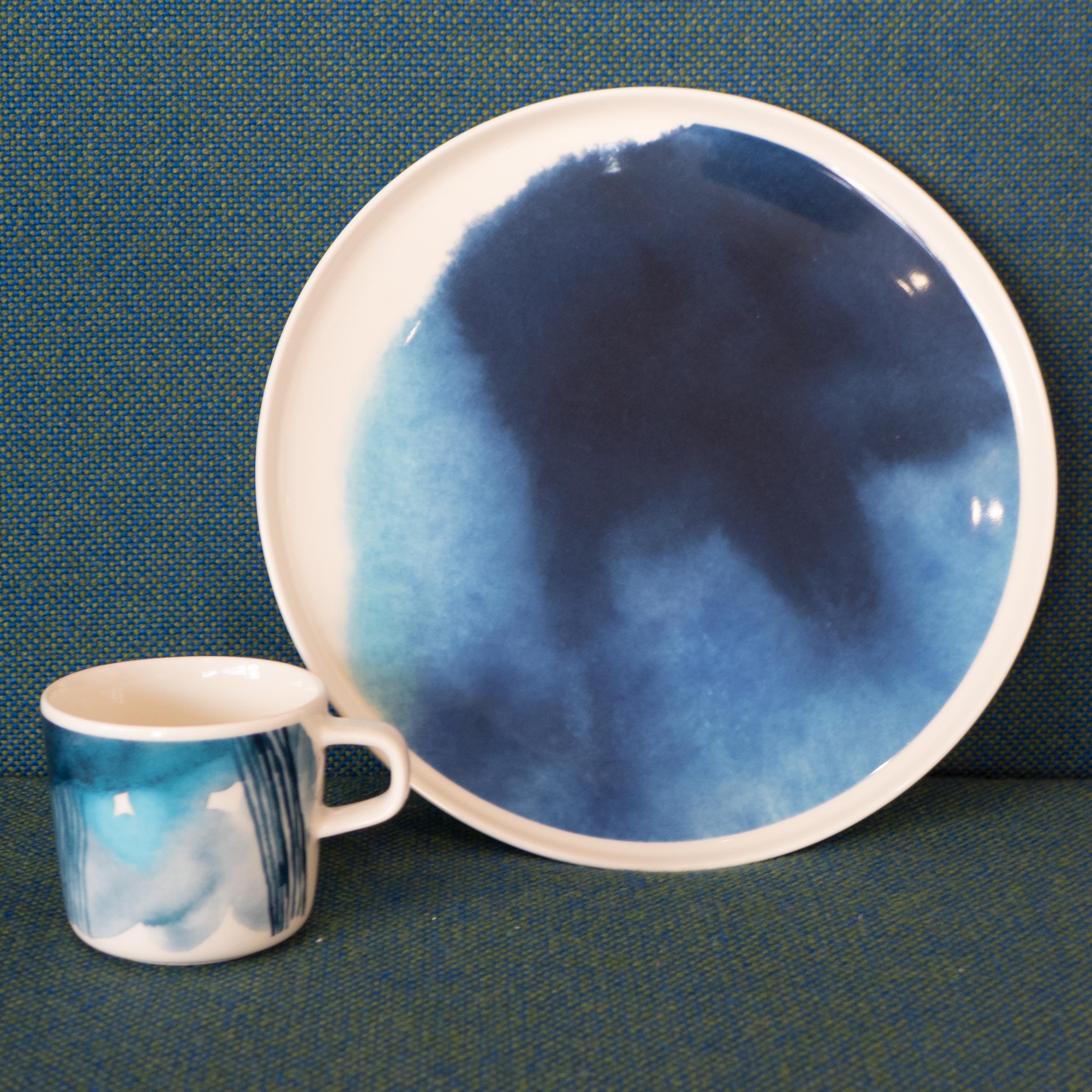
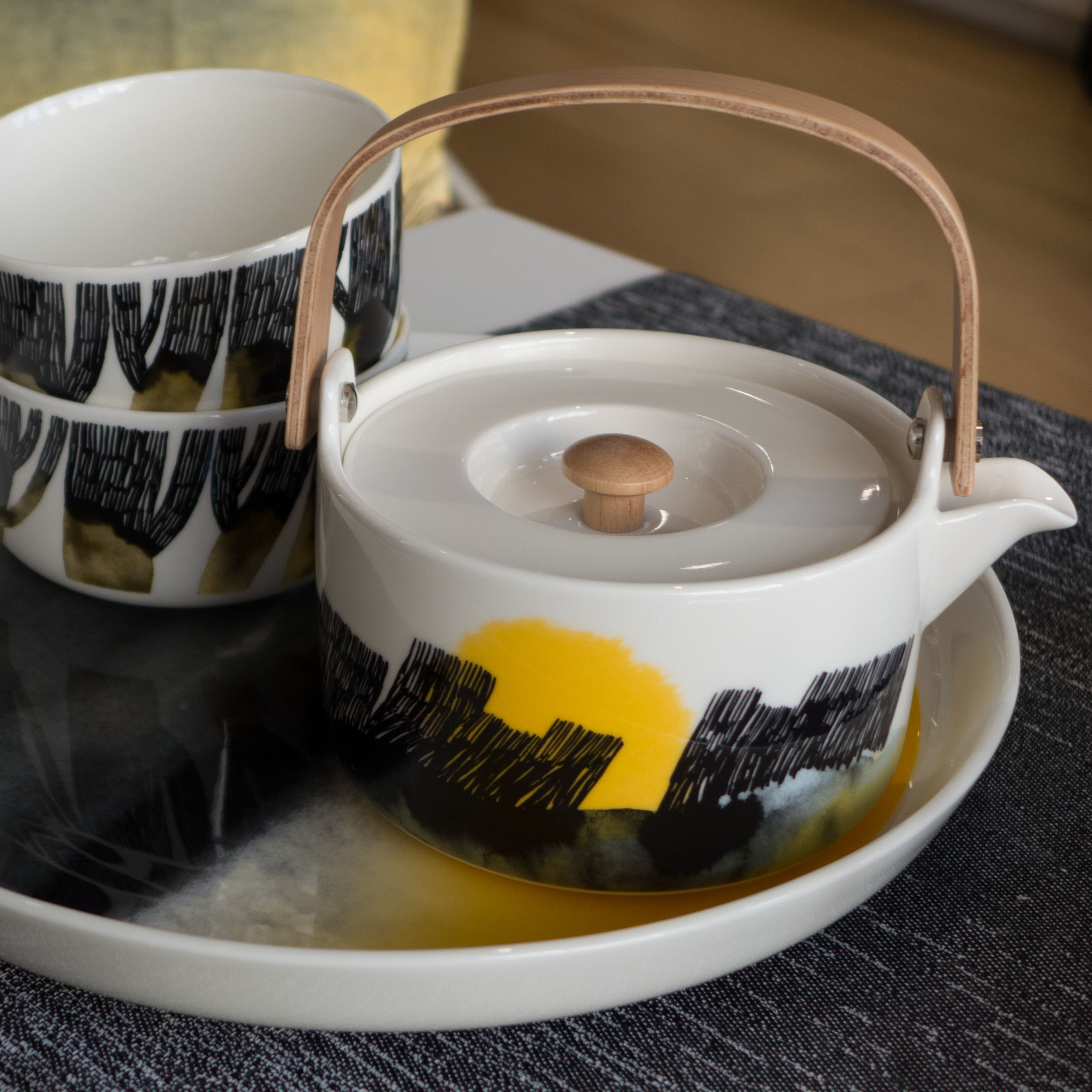
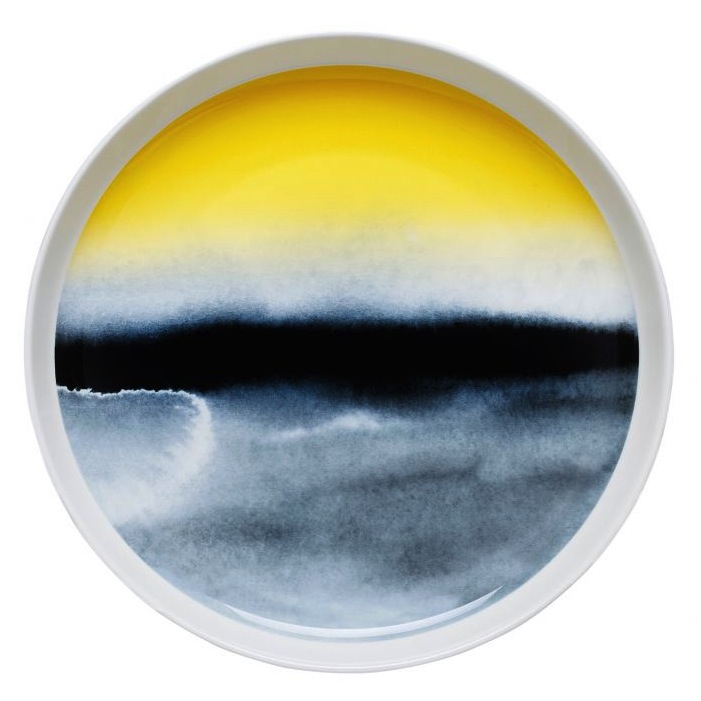

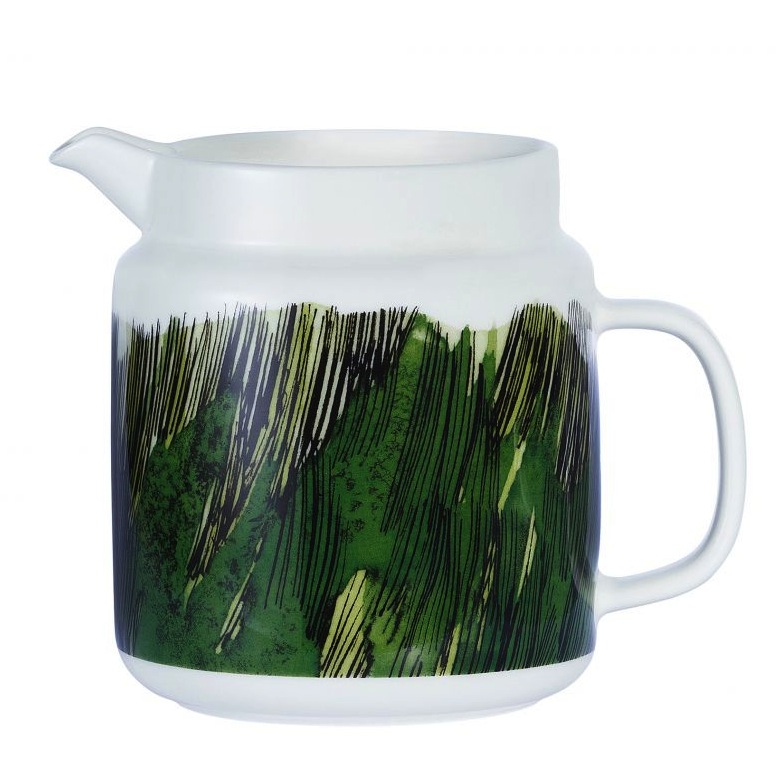
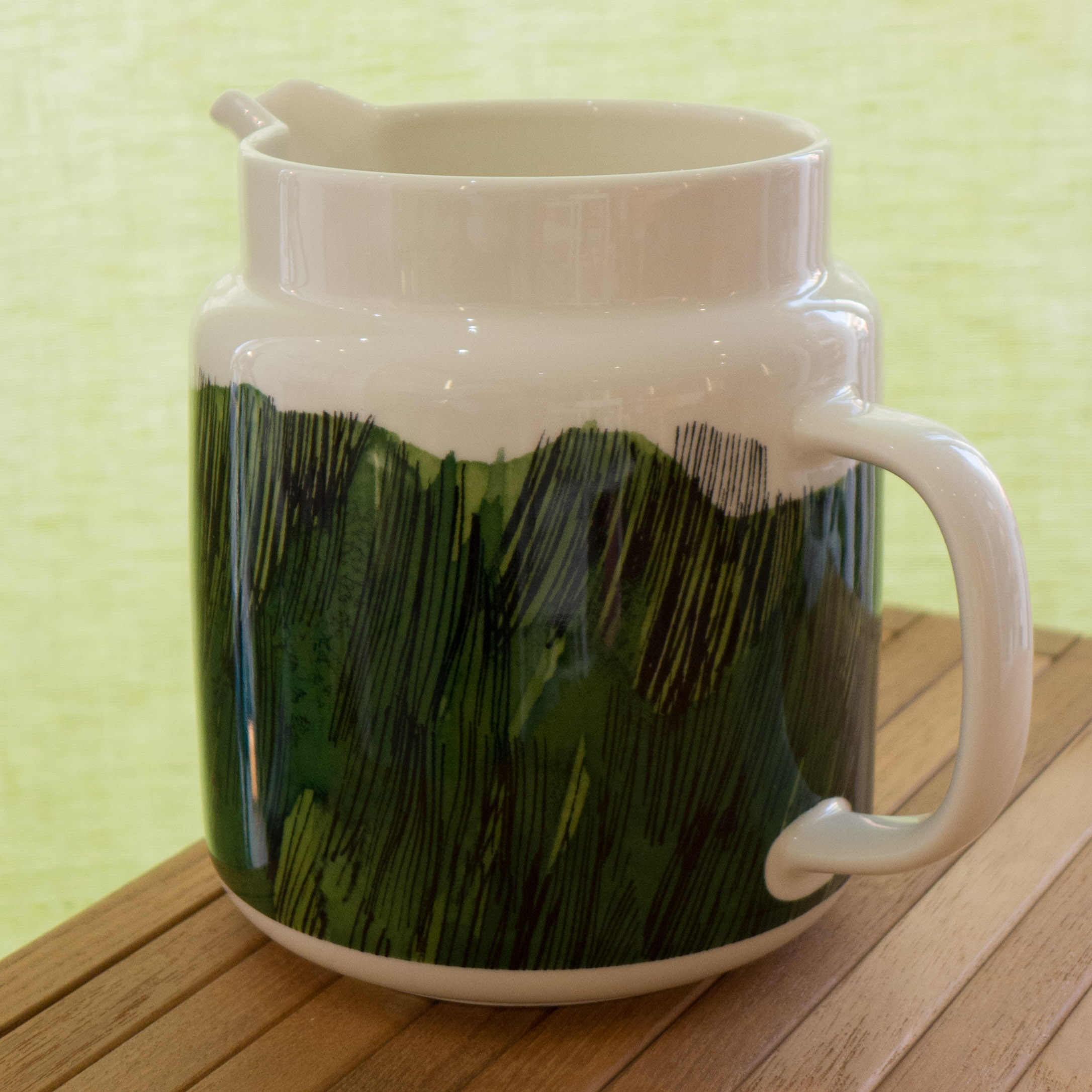
Tableware, in the familiar Oiva range, has been included in the new season Sääpäiväkirja designs, with plates, mugs and cups in amazing watery blues or strong autumnal yellows and the pitcher has a band of design in sharp, deep greens and blacks with an image of “windblown trees, rustling reeds, glowing golden grasses, storm-soaked rocks, and misty archipelago mornings.”
New fabrics include Jussaro, 100% cotton with a design inspired by rolling storm clouds, and Kuuskajaskari, 100% linen with an amazing continuous pattern, that runs along the length of the fabric rather than across the width, with an impression of grasslands under a heavy sky.
My descriptions may sound like a bad travel advert but the pieces themselves are stunning and once again Marimekko has come up with something very new - a short break from their hallmark designs with strong abstract or geometric patterns - and, as always, by taking the patterns across a range of fabrics and tableware, they make it possible for you to give a table setting or a room a complete and co-ordinated make over with a very striking effect.



